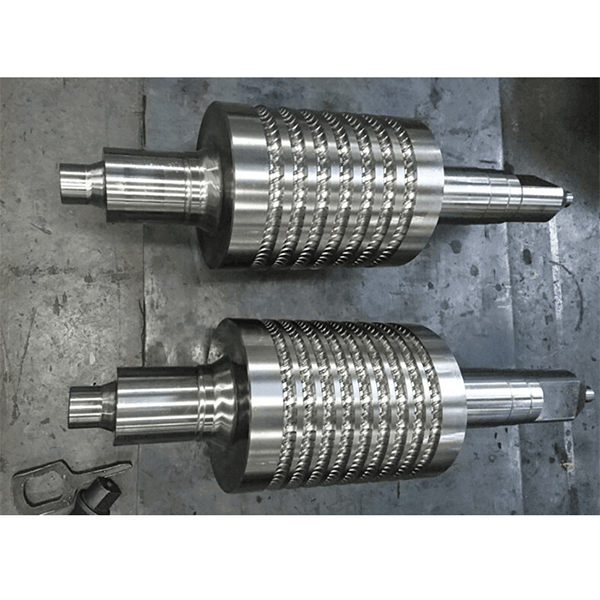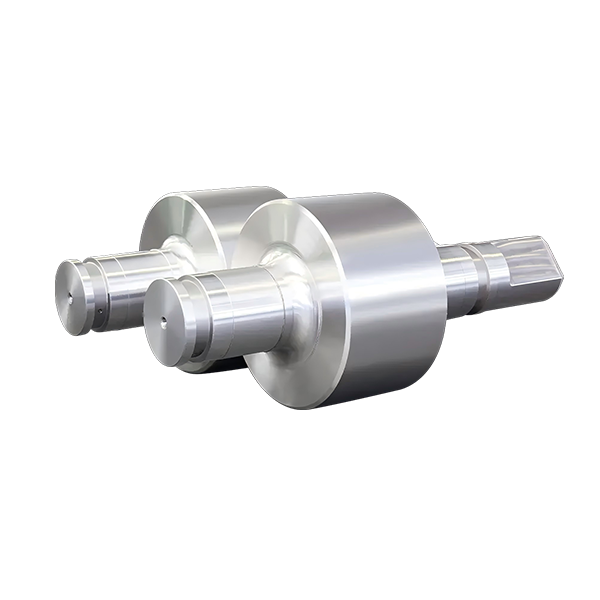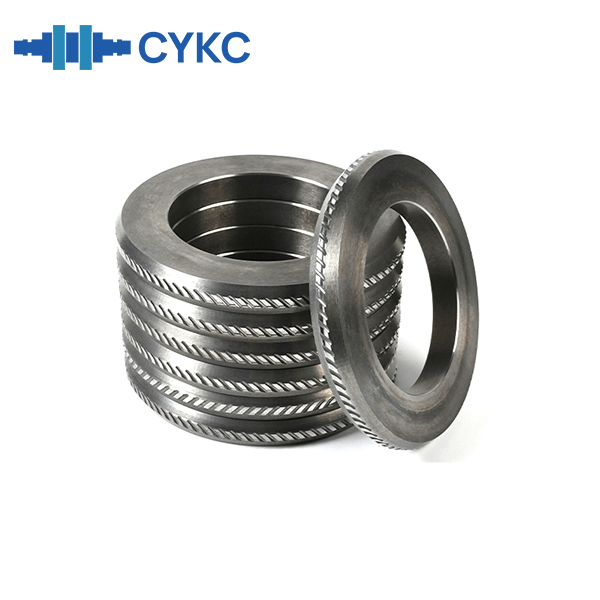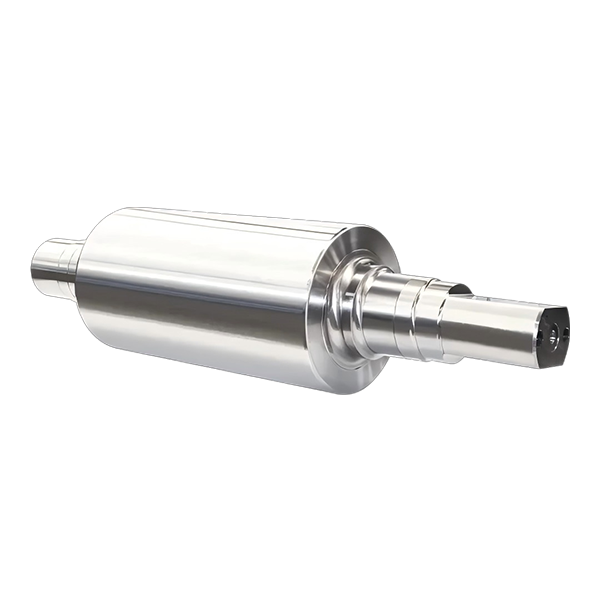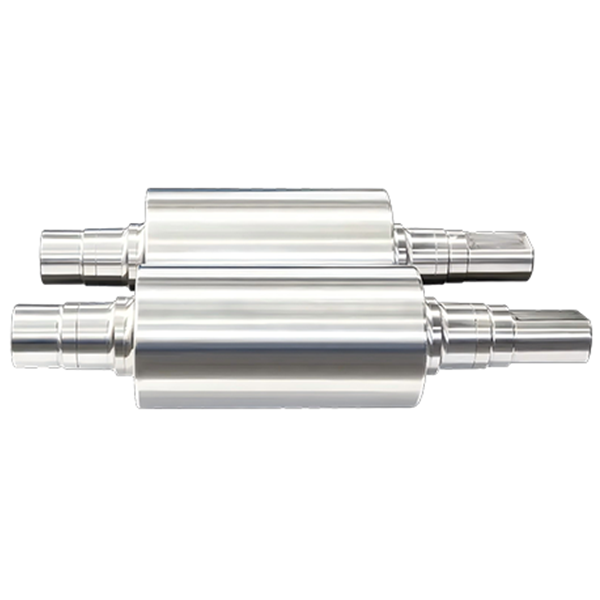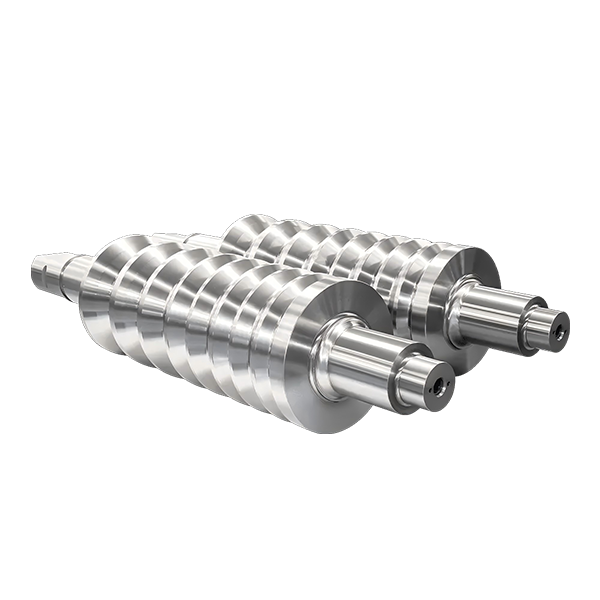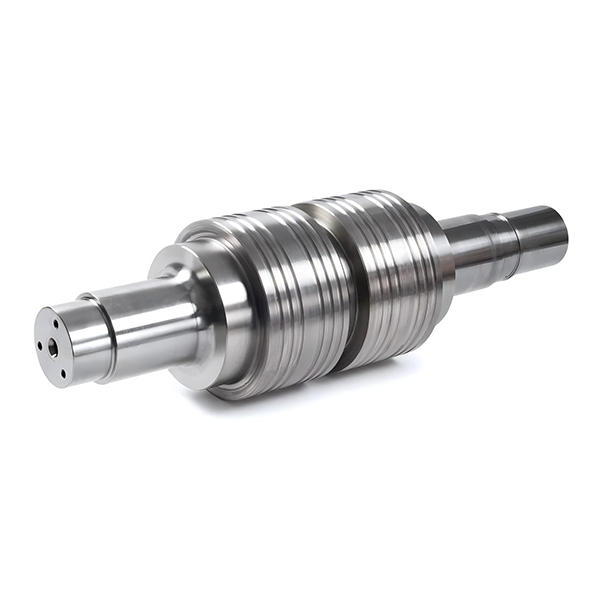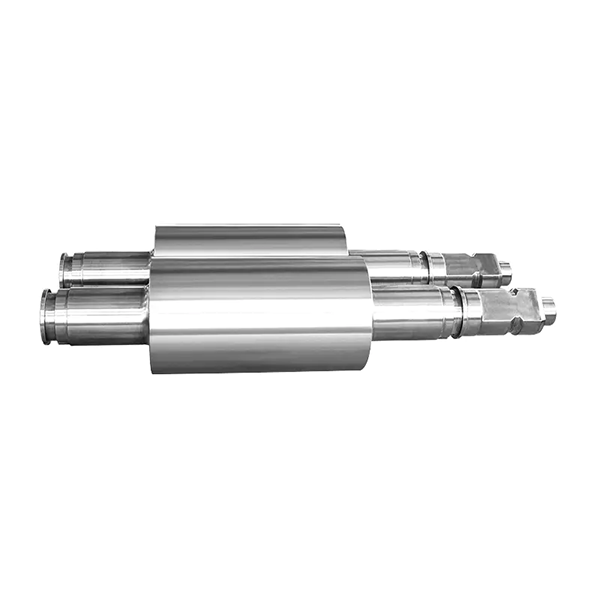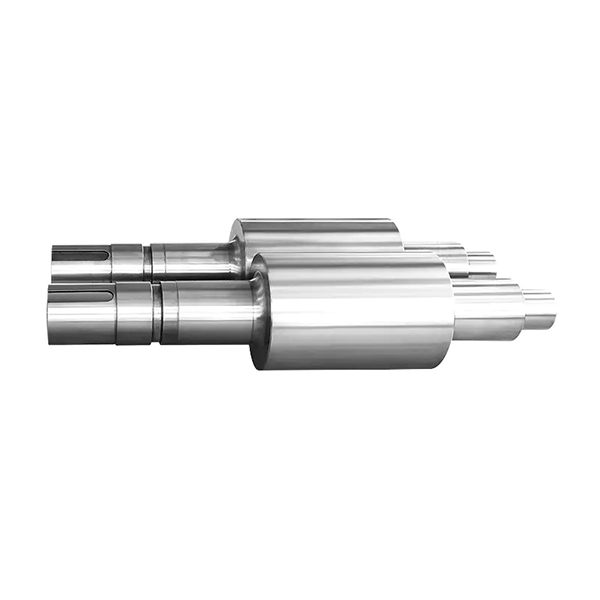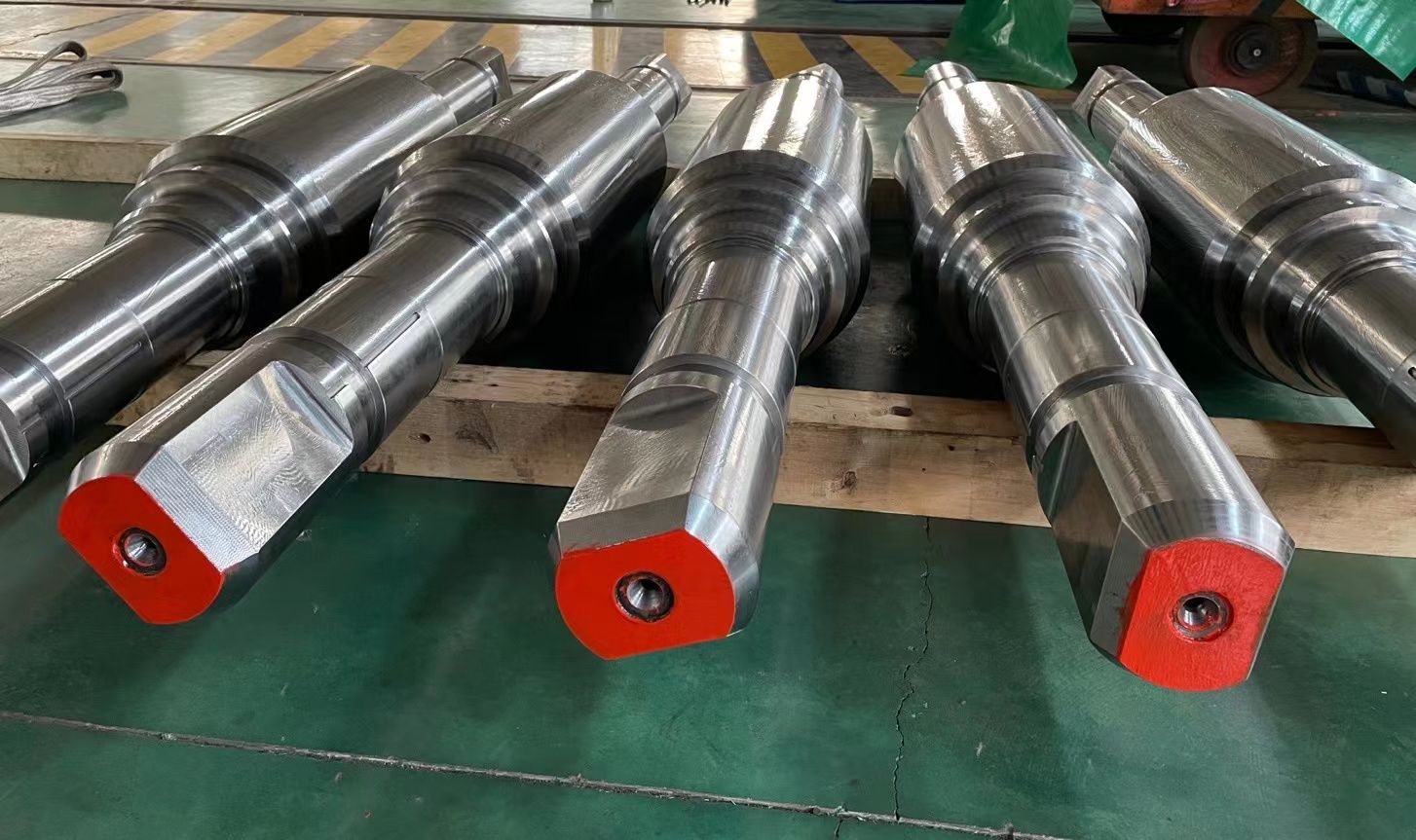In the modern metal rolling industry, especially in high-speed wire rod, bar, and rebar production lines, carbide rolls (commonly known as tungsten carbide rolls) have become essential tools for achieving efficient, precise, and continuous production. Their superior overall performance is unmatched by conventional roll materials.
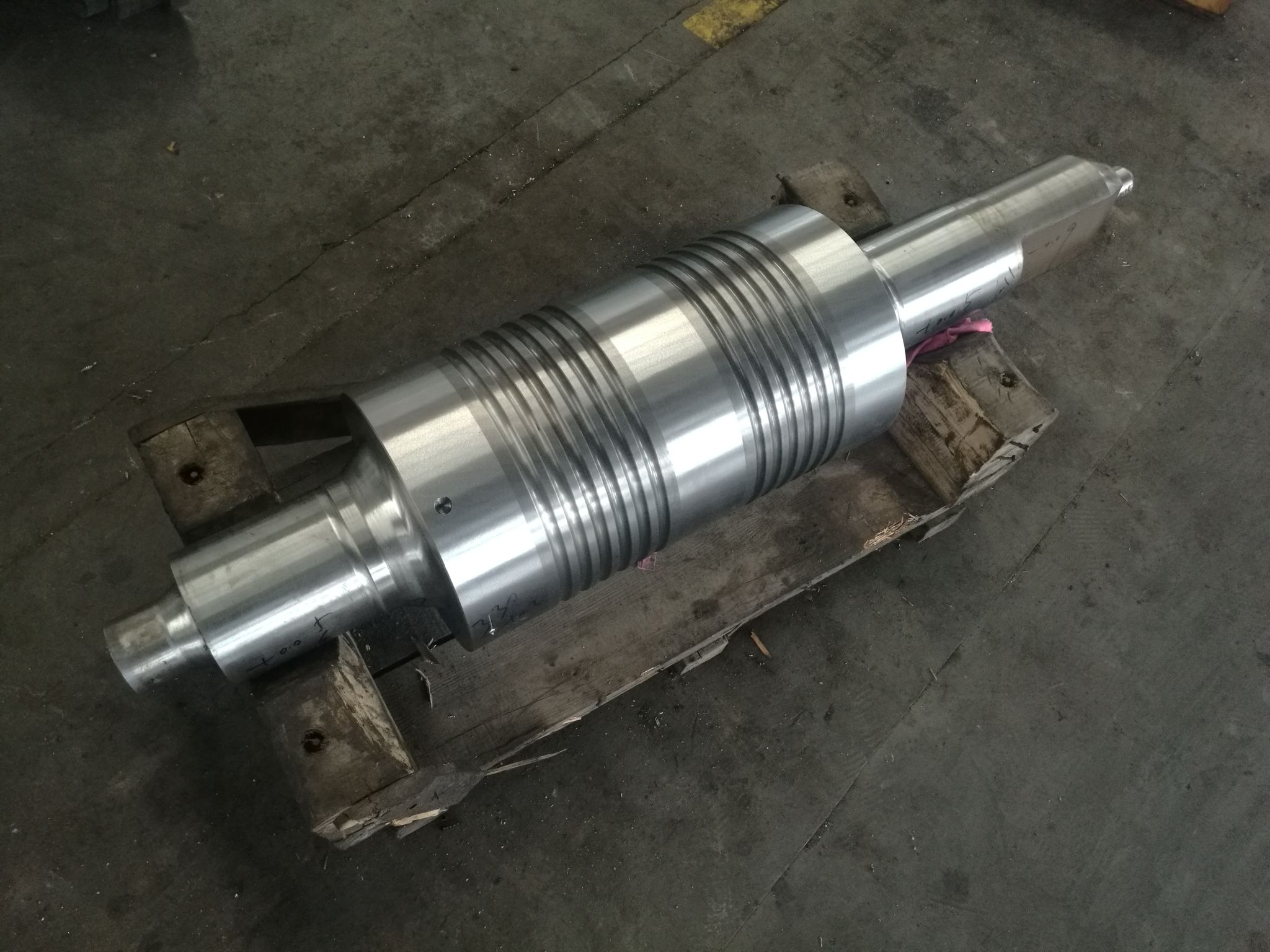
Excellent Material Properties
The successful application of carbide rolls is rooted in their exceptional physical and mechanical properties:
High thermal conductivity and excellent resistance to thermal fatigue: During high-speed rolling, the roll surface undergoes rapid heating and cooling cycles, which are highly susceptible to thermal stress cracking. Carbide's excellent thermal conductivity facilitates rapid heat dissipation, reducing thermal stress concentration, significantly improving resistance to thermal fatigue and extending service life.
High-Temperature Hardness Retention: Unlike ordinary alloy steel rolls, which rapidly lose hardness at elevated temperatures, carbide rolls maintain high hardness even at elevated rolling temperatures. This property ensures they maintain their shape and dimensional accuracy throughout the production process, resulting in products with more precise dimensional tolerances.
Extremely high wear resistance and strength: Carbide is renowned for its exceptional hardness and wear resistance, enabling it to withstand the intense friction and wear of rolled materials. At the same time, it possesses high strength, sufficient to handle the enormous rolling forces and impact loads generated during high-speed rolling.
It is this perfect combination of properties that enables carbide to withstand demanding conditions that other materials struggle to cope with.
Development and Widespread Application
The emergence and development of carbide rolls are inextricably linked to the advent and evolution of high-speed rolling mills, particularly high-speed wire rod mills. Since their introduction, they have rapidly demonstrated significant advantages and have continued to develop and improve with advancements in materials science and manufacturing processes.
Today, carbide rolls are widely used, primarily in:
High-speed wire rod rolling: This was its earliest and most prominent application area, crucial for ensuring the dimensional accuracy and surface quality of wire rod.
Bar and rebar rolling: In finishing and pre-finishing mills, carbide roll rings are widely used to improve production efficiency and maintain consistent product quality.
Summary
Carbide rolls, with their high thermal conductivity, exceptional high-temperature hardness, outstanding wear resistance, and high strength, have established themselves as an irreplaceable force in modern high-speed rolling production. They are not only key to improving product quality and reducing production costs, but also a crucial cornerstone in driving rolling technology toward higher speeds and greater efficiency. As the rolling industry's demands for efficiency and precision continue to rise, carbide rolls will continue to play a central role.


